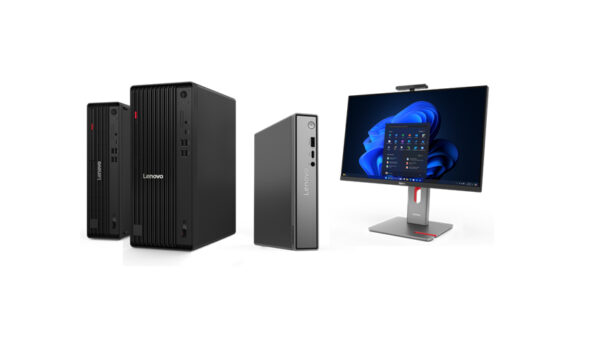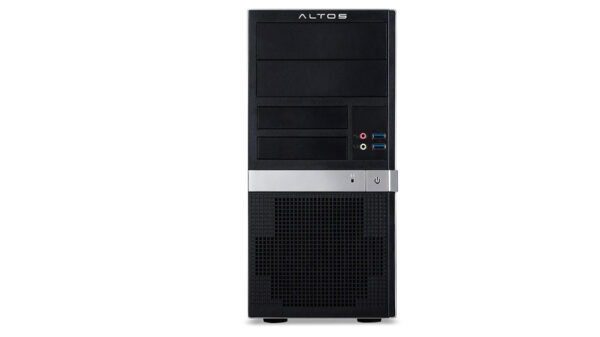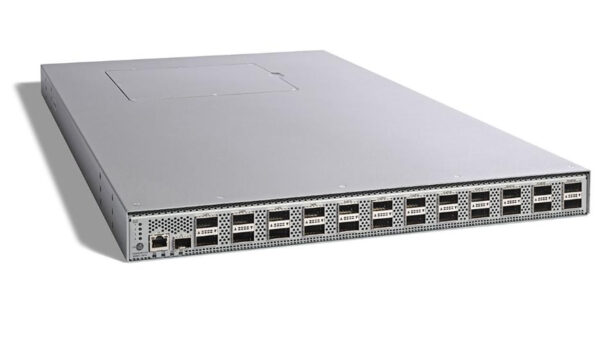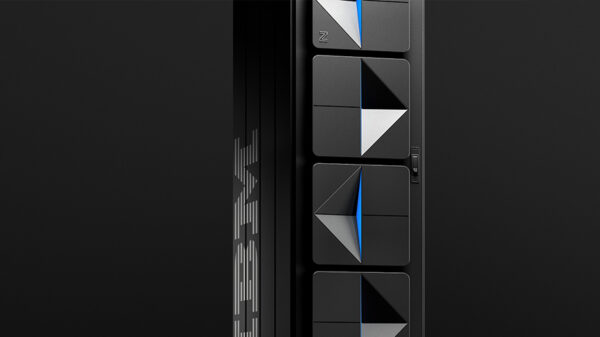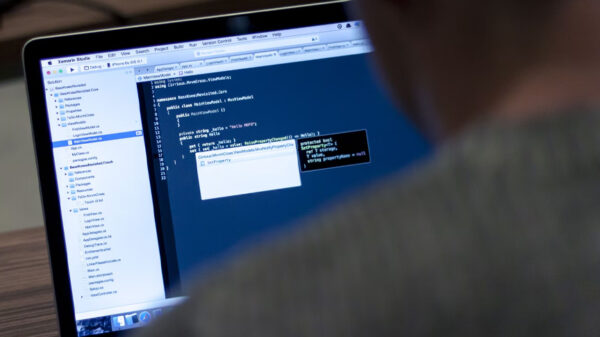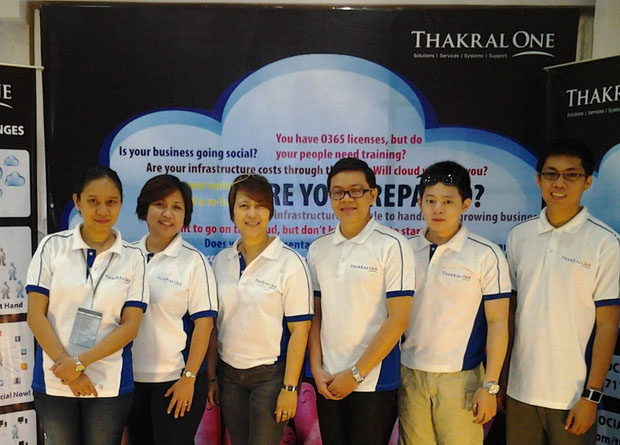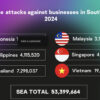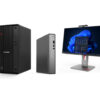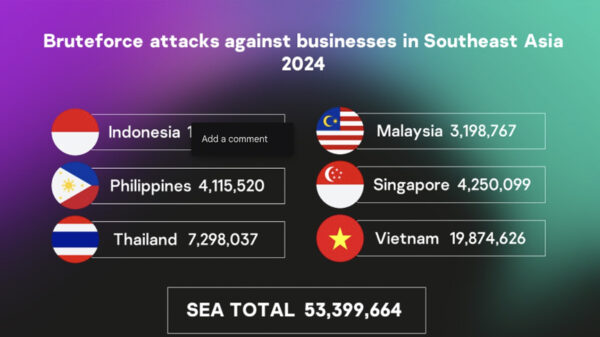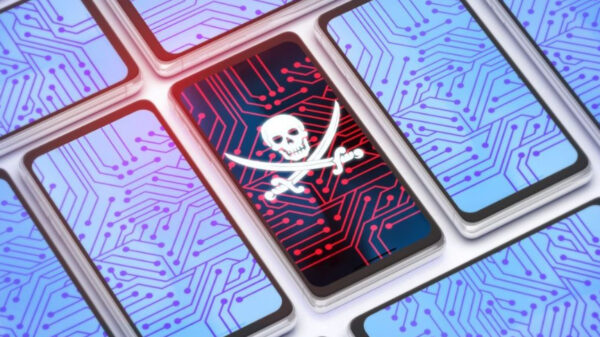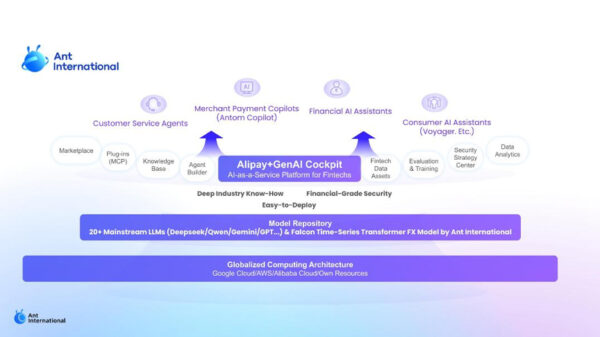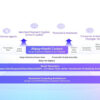Prevention is still the main pillar of corporate cybersecurity, said the report ‘New Threats, New Mindset: Being Risk Ready in a World of Complex Attacks’ from Kaspersky Lab. However, if an attack has already come through, detection and response are critical: immediate detection reduces the average cost of recovery more than twice — from $1.2m to $456K for enterprises.
In light of recent advanced attacks and epidemic outbreaks like WannaCry and ExPetr, organizations should now be asking themselves what happens when they get hit. But with businesses finding it hard to even identify when a security breach has happened, that, according to the report, is an extremely difficult question to answer.
Cybercriminals, their skillsets and weapons, vary dramatically – from less sophisticated crooks that bully the least protected companies by striking at mass, to advanced military-like groups of hackers that target ‘big prizes’ with multi-layered operations that may not even involve any malware.
And while it is relatively simple to escape a bully’s sloppy fists, when encountering a skillful attacker, you should be prepared to take a solid punch.
This year’s study reveals that targeted attacks have become one of the fastest growing threats in 2017, increasing in overall prevalence by 11% for large enterprises.
It is not only about the quantity of attacks: two-thirds of respondents (66%) in the study agreed that threats are becoming more complex and for 52% it’s becoming difficult to tell the difference between generic and complex attacks.
This is becoming a major problem for businesses: they’re starting to realize that a security breach will happen to them at some point (57% compared to 51% last year), but they are still unsure on the most effective strategy to respond to these threats (42%).
The scale of the problem is even more worrying as the study showed us that uncertainty is significantly higher (63%) among respondents who are IT security experts and are, therefore, more familiar with the issue.
The best incident response mix: technology, people and processes.
Surprisingly, and despite the high level of uncertainty about their strategies, the majority of companies (77%) believe that they spend enough or even overspend on protection from targeted attacks.
This is perhaps due to how threat protection is perceived: threats are sometimes merely seen as a technical problem to be solved through buying and deploying more advanced cybersecurity solutions.
A more balanced approach to incident response, however, includes investing not only in the right technologies, but also in people with specific skillsets, and in the right processes.
Technology is one of the most important parts in this mix. As the study shows, there is a clear need for security solutions that go beyond prevention and provide a more complete package, also adding a detection and response functionality.
For example, 56% of businesses agree that they need better tools to detect and respond to advanced persistent threats (APTs) and targeted attacks.
This is especially true, given the fact that detection speed is crucial in reducing the financial impact of an attack. According to the research, in the last year just a quarter (25%) of companies discovered their most serious security incident within a day.
However, immediate detection significantly lowers the average cost of recovery – for example from $1.2m for enterprises that take more than a week to detect the threat, to $456K for those that can detect a threat straight away.
That people are another crucial component is also stressed, with 53% of businesses agreeing that they need to employ more specialists with specific experience in IT security, namely in SOC management, incident response and threat hunting – a figure that jumps to 61% among enterprises.
This is not surprising, as a lack of internal experts increases a company’s exposure to targeted attacks by 15%, and also increases the average financial impact of an attack on enterprises – from $930K to $1.1M.
But all in all, to be able to effectively combat complex cyberthreats, organizations also need to think about incident response as a process, not a destination. This means that there’s a need for a comprehensive incident investigation framework, comprised of always-on monitoring, advanced detection and critical security event mitigation.
“Now that companies are starting to realize that cybersecurity breaches are a real risk to their business continuity, it’s time to give incident response the attention it deserves. It can no longer be a small part of the IT security department’s responsibilities, and should instead involve strategic planning and investment at the highest level. For organizations, this doesn’t mean becoming risk-free but it will certainly help to become risk-ready and survive a serious breach when it happens,” said Alessio Aceti, head of enterprise business division at Kaspersky Lab.
































